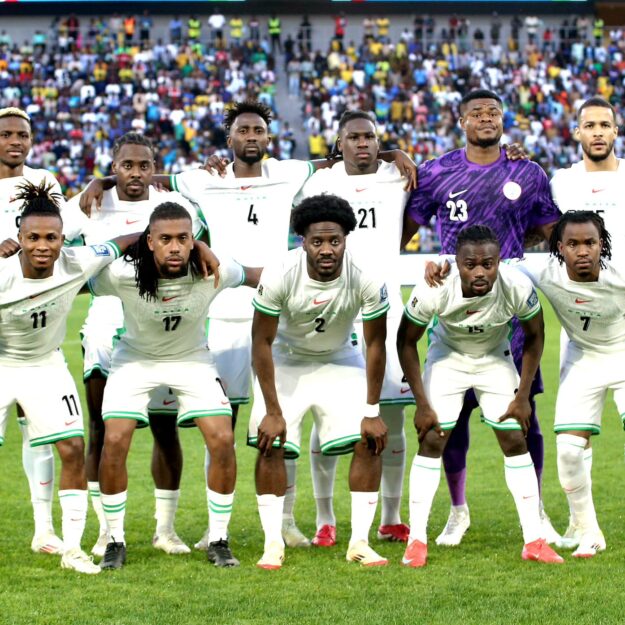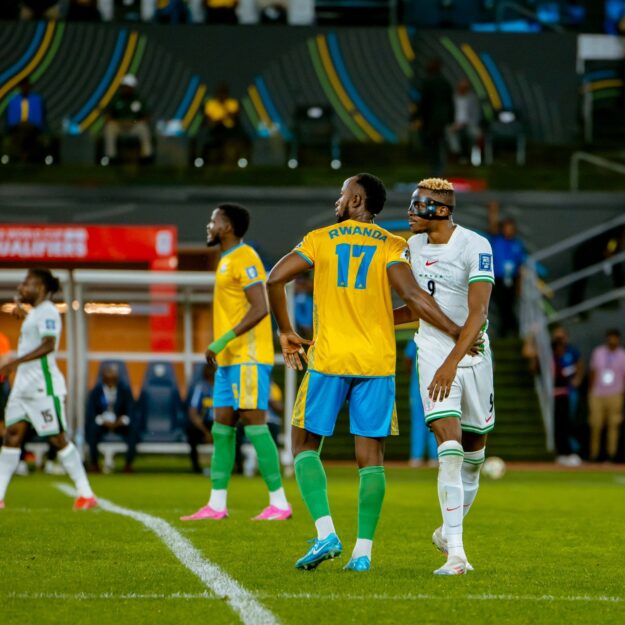India’s attempt to become the first nation to soft land a robotic spacecraft at the moon’s South Pole, an unexplored region, has ended in failure, the space agency said Saturday.
Less than two miles above the lunar surface, the Vikram lander (named after Vikram Sarabhai, the father of India’s space program) lost communications with the mission control.
A live broadcast from ISRO, India’s equivalent of NASA, showed scientists grow tense as the control station struggled to get a signal from the lander.
India’s Prime Minister Narendra Modi, who was watching the landing attempt, offered words of encouragement to the scientists and children, who had accompanied him at the ISRO campus.
“Be courageous. Our faith in ISRO has not lost. I can proudly say that the effort was worth it and so was the journey. We are full of confidence that when it comes to our space program, the best is yet to come,” he said.
Space is hard. The lunar surface is filled with debris of spacecrafts that have attempted and failed to land in one piece. Because there is little to no atmosphere on the moon, parachutes can’t be used, leaving landers to rely completely on thrusters to modulate the speed.
Chandrayaan-2, a roughly $140 million mission, is, in part, intended to study moon craters that are believed to contain water deposits, something Chandrayaan-1 found in 2008.
A successful touchdown would have made India the fourth country to successfully complete a soft landing on the lunar surface. So far, only the former Soviet Union, the U.S., and China have accomplished it.


The 142-foot tall spacecraft that blasted off Satish Dhawan Space Centre, Sriharikota in Andhra Pradesh on July 15 carried an orbiter, a lunar lander, and a six-wheeled rover. The lander and rover were expected to operate for just a couple of weeks, but the orbiter, which detached from the lander earlier this week, will continue to operate for at least one year.
ISRO has come a long way and specialized in low-cost space launches since the early 1960s, when components of rockets were transported by bicycles and assembled by hand in the country.
In 2013, ISRO also launched an orbiter to Mars in its maiden $74 million interplanetary mission — a fraction of the $671 million NASA spent for a Mars mission in the same year. In 2017, ISRO also deployed a record 104 satellites into space in just 18 minutes.
Earlier this year, ISRO said it intends to have its own space station in the future and conduct separate missions to study the Sun and Venus.
It will begin working on its space station following its first manned mission to space, called Gaganyaan (which means “space vehicle” in Sanskrit), in 2022 — just in time to commemorate 75 years of the country’s independence from Britain. The government has sanctioned Rs 10,000 crores ($1.5 billion) for the Gaganyaan mission.
You may be interested

Boniface Scores As Leverkusen Beat Bochum, Close In On Bayern Munich
Webby - March 28, 2025Victor Boniface was on target for Bayer Leverkusen in their 3-1 home win against Bochum in the Bundesliga on Friday…

NPFL: Defeat To Kwara United Painful — Nasarawa United Boss Yusuf
Webby - March 27, 2025Nasarawa United head coach Salisu Yusuf has reacted to his team’s 1-0 loss to Kwara United, reports Completesports.com. Emeka Onyema…

Cote d’Ivoire Withdraw As Host Of U-20 AFCON
Webby - March 27, 2025Cote d’Ivoire announced late Tuesday its withdrawal from hosting the 2025 U-20 Africa Cup of Nations just weeks before the…




















![American Pastor, David Wilson Seen Eating The Box Of Woman Who Isn’t His Wife [Video]](https://onlinenigeria.com/wp-content/uploads/2019/10/american-pastor-david-wilson-seen-eating-the-box-of-woman-who-isnt-his-wife-video-150x150.jpg)










Leave a Comment